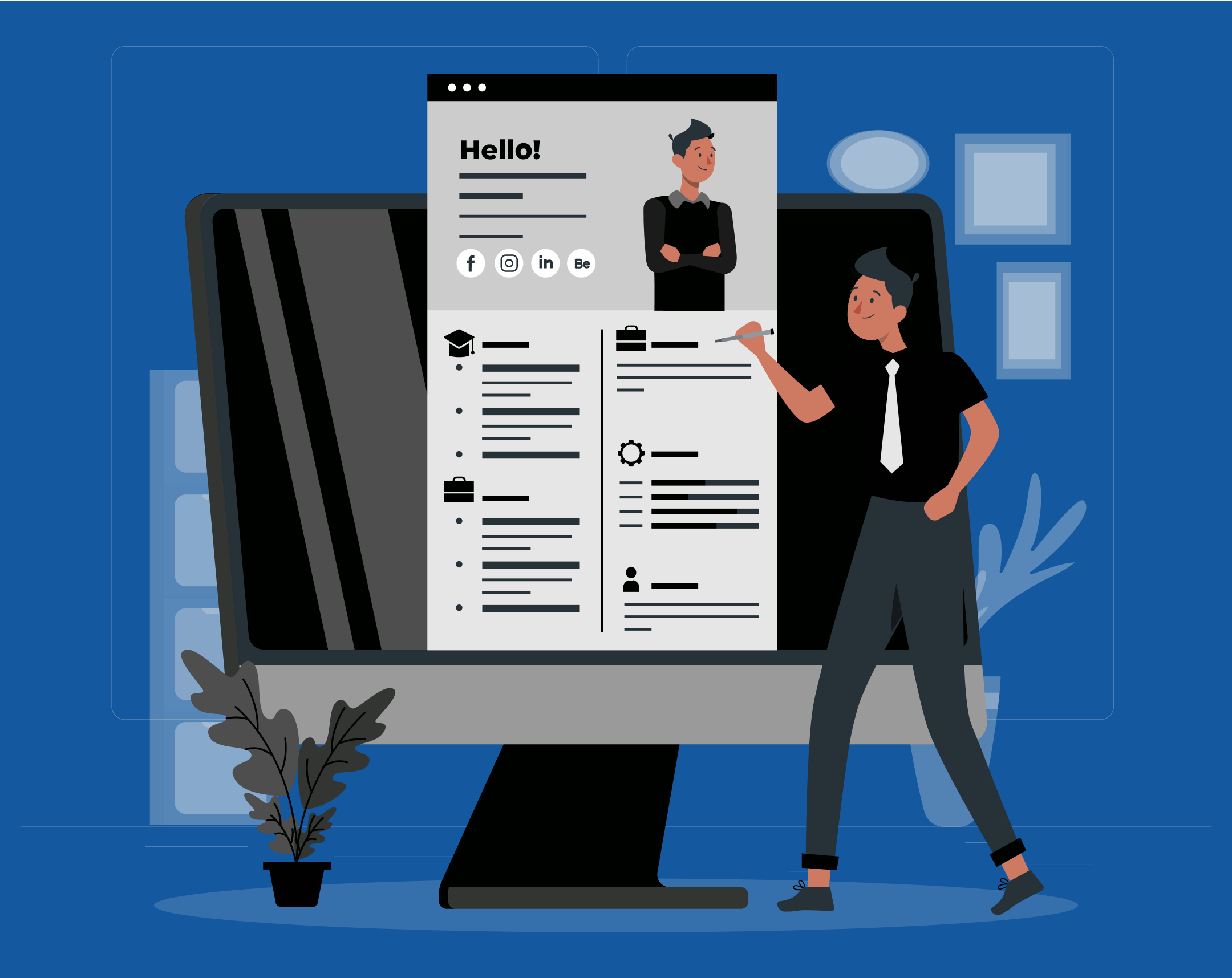If you’ve been rejected because your resume “isn’t a fit,” this one’s for you. In competency-based hiring, the strongest candidates aren’t always the ones with pristine CVs or famous employers: they’re the ones who show how they think and deliver. Today’s guide is a step-by-step playbook for Latin American professionals to build evidence of competence that stands out globally.
1) Rethink the goal: from “CV polish” to “evidence”
A resume describes. Proof of work demonstrates. Recruiters and hiring managers want to see the behaviors that predict success: communication, problem-solving, ownership, and adaptability. Your job is to make those behaviors visible.
Litmus test: Could a stranger understand the problem you faced, the decisions you made, and the result you achieved? If yes, you’re showing competence.
2) Turn your experience into proof using STAR (fast)
Use the STAR format to convert any experience (freelance, volunteer, side projects, school) into a tight case.
- Situation: What changed? What was broken?
- Task: What were you responsible for?
- Action: What did you do (tools, steps, decisions, trade-offs)?
- Result: What improved (metric, quality, time saved, customer impact)?
Example (Customer Success):
S: Ticket backlog doubled after a product bug.
T: Reduce response time without new headcount.
A: Built a triage SOP, created macros for top 10 issues, set 2x daily standups.
R: First-response time from 22h → 6h, CSAT +11 pts in 3 weeks.
Post 3–5 STAR minis like this on Notion/Google Doc with links to artifacts (macro library, SOP, dashboard).
3) Five role-specific “proof packs” you can build this weekend
A) Executive Assistant / Admin
- Inbox triage SOP (1 page) + screenshot of labels/filters
- Calendar playbook with time-blocking rules
- Trip brief (flight options, constraints, rationale)
Competencies: communication, prioritization, attention to detail
B) Marketing (Content / Lifecycle)
- Campaign brief (ICP, hypothesis, channels)
- 2–3 assets (email, LP, threads) w/ short results note
- Light analysis (CTR, conversion, or directional impact)
Competencies: clarity, execution, analytical thinking
C) Customer Success / Support
- De-escalation example (redacted thread)
- Onboarding checklist + short Loom walkthrough
- Risk dashboard (mock OK) with your interpretation
Competencies: empathy, process thinking, ownership
D) Finance / Junior Controller / Analyst
- Variance analysis (redacted) + 5-line executive memo
- Month-end checklist with timing improvements
- Model or dashboard with checks and notes
Competencies: rigor, business acumen, problem-solving
E) Product / QA / Ops
- Process map of a broken handoff → your fix
- Test plan with edge cases + bug triage rationale
- Release notes written for non-technical readers
Competencies: systems thinking, detail orientation, communication
Don’t have real artifacts? Recreate with dummy data and label clearly: “Sample / Redacted / Mock.”
4) The 60-minute portfolio sprint (repeat weekly)
- Pick one story (STAR) that maps to a target competency.
- Write the case (10–12 sentences max).
- Attach evidence (doc, screenshot, short Loom).
- Publish to a single Notion page (or Drive folder) with a simple index.
- Title smart: Role – Competency – Artifact (e.g., “CS – De-Escalation – SOP v1”).
In a month, you’ll have 4 real proof points, more persuasive than a page of bullet points.
5) Make it easy to evaluate you
- Put a 60-second overview at the top: “Start here.”
- Use public view links (no permission traps).
- Redact names, numbers, and confidential info.
- Keep each artifact 1–2 pages or a 3–5 min Loom.
- Map each artifact to one competency (bold it at the top).
6) No experience? Build it from scratch, ethically
- Recreate processes from public docs/tutorials.
- Contribute to open source / community templates.
- Offer a micro-project to a local business or NGO (with consent to share the work).
- Document your learning project: brief → approach → result → reflection.
7) Common mistakes (and quick fixes)
- All output, no thinking. Add decisions/trade-offs.
- Vague impact. Use direction (“~30% faster”), time saved, or quality improvements.
- Cluttered portfolios. Curate 3–5 strong artifacts.
- Confidentiality risk. Redact or substitute mock data; share process, not secrets.
8) Simple template you can copy
Title: [Role] – [Competency] – [Artifact]
Context (2–3 lines): What was happening and why it mattered.
Approach (3–5 bullets): Steps, tools, key decisions, trade-offs.
Result (1–2 lines): Outcome (quant/qual).
Evidence: Links (doc, Loom, repo, screenshots).
Bottom line: You don’t need the “perfect” resume. You need clear evidence that you can do the work. Build it, show it, and let your competence speak for itself.



No responses yet